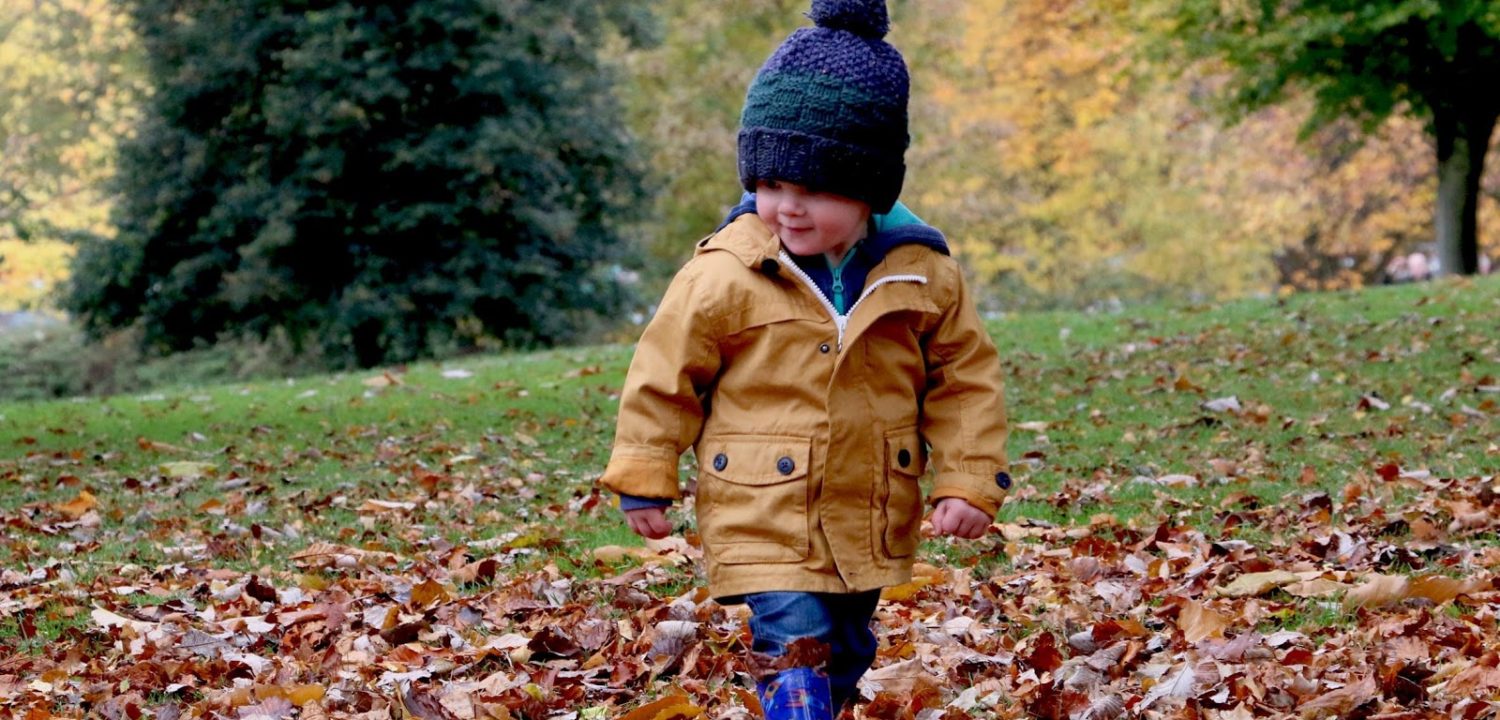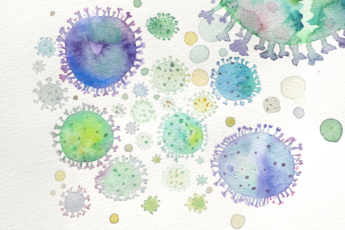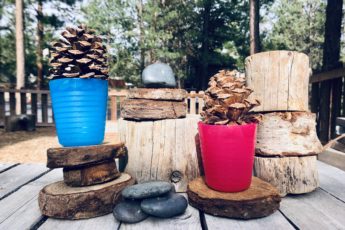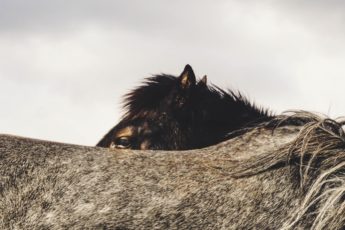Taking Time to Grow Series: Neighborhood Walks and the Components of Social Studies
Featuring special guest blogger: Stefany Cunningham, B.S. (Areas of study include kinesiology, early childhood development & education, and psychology)
Social studies provides children an opportunity to learn about relationships: relationships they have with their families, their community, and nature. When children are encouraged to explore their relationships with the world around them, they can feel inspired and empowered to make their world a better place. Taking neighborhood walks is a perfect opportunity for your family to get out of the house and learn about the components of social studies.
There are several components of social studies you can explore with your child and several questions you can ask regarding social studies. This makes for a learning opportunity you and your family can enjoy time and time again. There are a multitude of prompts included with each concept below, but try not to bombard your young child with questions (you don’t have to cover all of these concepts in one walk. You can continue the concept exploration on your next walk!). Furthermore, try not to lecture your child about the world around them. This is an adventure and exploration opportunity! If you notice something that strikes their interest, simply ask one or two questions and let your child do the talking and exploring (this experience is also a great learning opportunity for you to learn more about your child and their views about the world around them!).
The best part about this learning opportunity is that it doesn’t require any materials, just your child’s natural inclination to observe and explore, and a little prompting from a loving adult.
Here are the descriptions of some components of social studies along with prompts you can use while on your walk to get your young children thinking about their relationship with the world around them:
People and How They Live

This component of social studies involves the similarities and differences of people and their roles in the child’s home and community. This includes the structure, type of work, rules, and physical characteristics of their family and their community.
While on your walk…
You can prompt your child to think about the people who live in your home.
- “Is our whole family here on this walk?”
- (If not) “Who’s missing and where are they?”
- “Are they at work? What do they do at work?”
- “I’m looking at our feet while we walk. Are my feet bigger or smaller than your feet? What about your sister’s?”
- “I’m noticing there are a lot of houses on our street. Do you notice any other buildings?”
You may see a garbage truck or mail carrier and you can prompt your child to think about community roles.
- “What is this person doing for work? How do they help us? Is there anything we can do that would be helpful to them?”
- “What would happen if we didn’t have garbage collectors/mail carriers?”
You can prompt your child to consider the similarities and differences between your family and home, and that of your neighbors. Children will often talk about similarities between themselves and someone they know, but don’t often talk about differences (noticing differences is completely natural and is a great opportunity to foster cultural awareness and acceptance!).
- “Who lives in our neighbor’s house?”
- “Do they have the same family members that we have?
- “What do the adults do for work?”
- “How is their house/yard different from ours? How is it the same?”
People and the Environment

This component of social studies encompasses the way humans alter and protect the environment, and taking neighborhood walks can reveal to your child how they themselves can alter and protect the environment!
While on your walk…
Your family may see a construction or community project. With some of the following prompts, you can encourage a conversation about how it affects your community.
- “I wonder what these people are building? Do you think it will be helpful for our neighborhood?”
- “What do you think happened to the trees that were there?”
- “I wonder if they will plant new trees after they are finished?”
- “How are roads/crosswalks/roundabouts helpful for our neighborhood?”
Your family may see some garbage on the side of the street. If you feel it’s safe, your family can pick it up and throw it away. If not, you can still have a conversation about it!
- “I wonder how this garbage got here? What could we do?”
- “Do you see a garbage can/recycling bin nearby?”
- “What kinds of things can we put in the garbage/recycling bin?”
- “What would our street look like if everyone left their garbage on the ground?”
- “What will happen if we leave it there even if it doesn’t belong to us?”
- “We need to make sure we are safe while picking up this garbage. What could we do?”
Spaces and Geography

Spaces and geography for young children involve the place where they live and the relationship between their community and other places, including physical characteristics of their community and mapping. You can discuss physical characteristics and mapping on your walk with some of the following prompts:
- “Which way do we normally turn to get to the grocery store/grandma’s house?”
- “Which way do we turn to get back home? – Oh, that’s right! We turn after the fire hydrant!”
- “How many trees/light posts/stop signs do you see on our street?
- “Do you see any hills on our street or is it flat?”
- “”Is our street curved or straight?”
Bonus activity: If your child seems particularly interested in the physical characteristics and mapping component of your walk, you can encourage them to draw a map of your neighborhood when you get back home!
So there you have it! A simple and effective learning opportunity that your whole family can participate in. Enjoy re-discovering your neighborhood and watching your young child unfold the concepts of social studies!
Please subscribe to Pine Nuts: Musings on Early and Higher Learning and join Aspen Academy on social media (Facebook and Instagram) for more activity ideas!
References
Dodge, D. T., Colker, L. J., & Heroman, C. (2002). The creative curriculum for preschool (4th ed.). Teaching Strategies.




